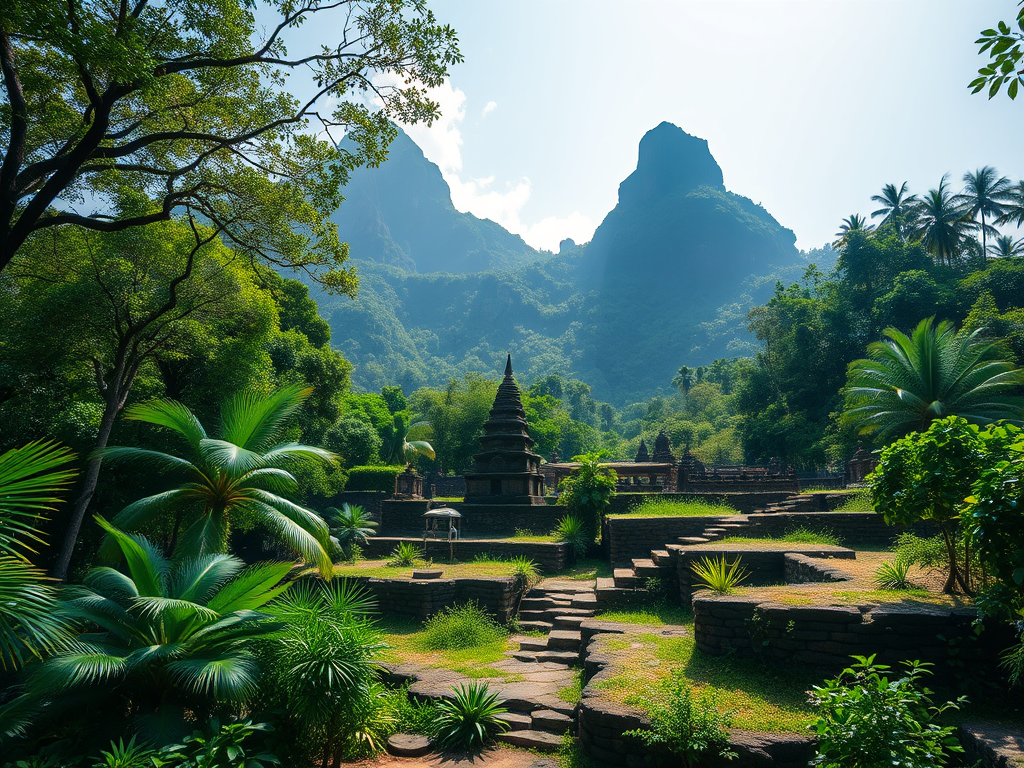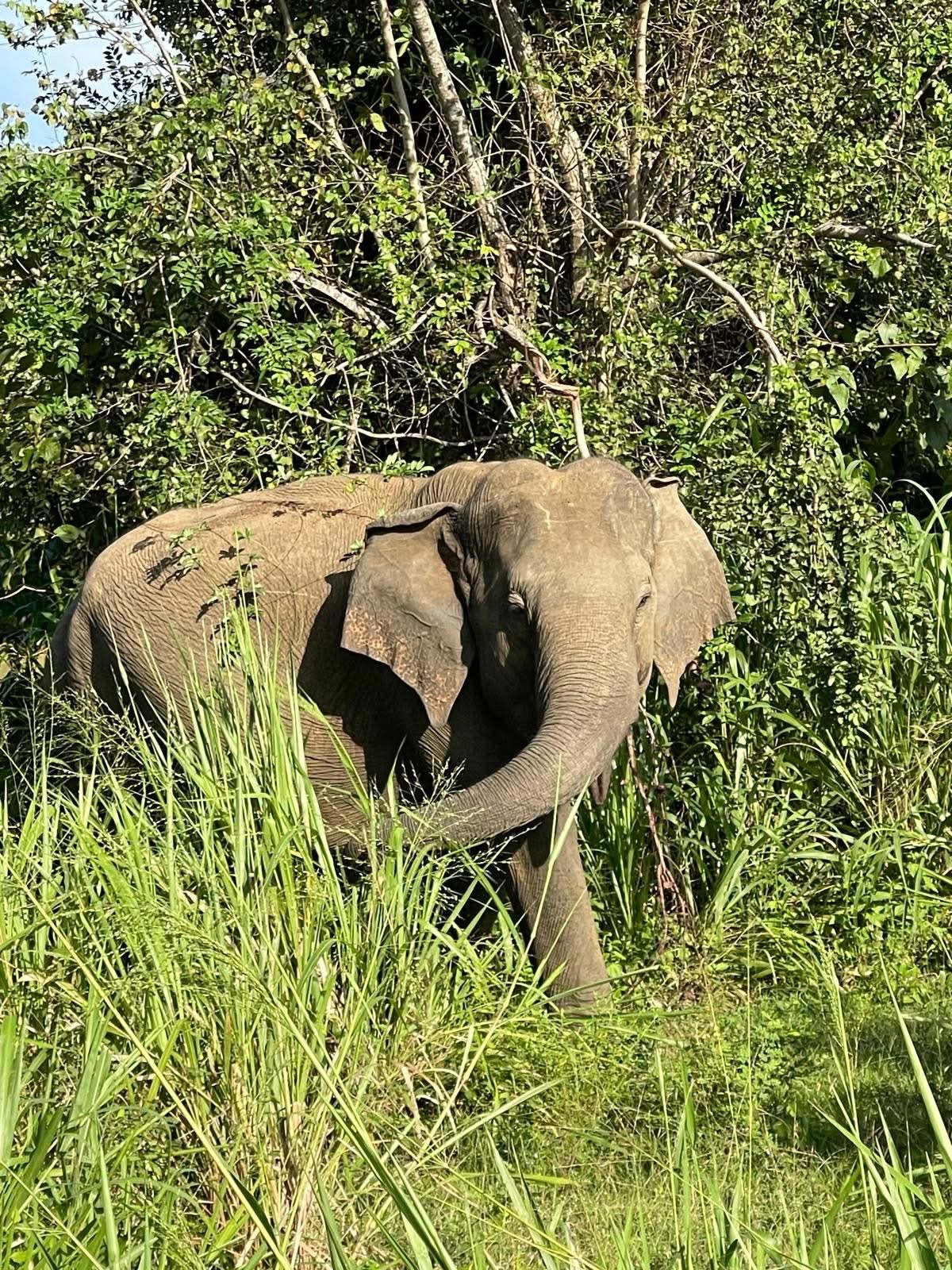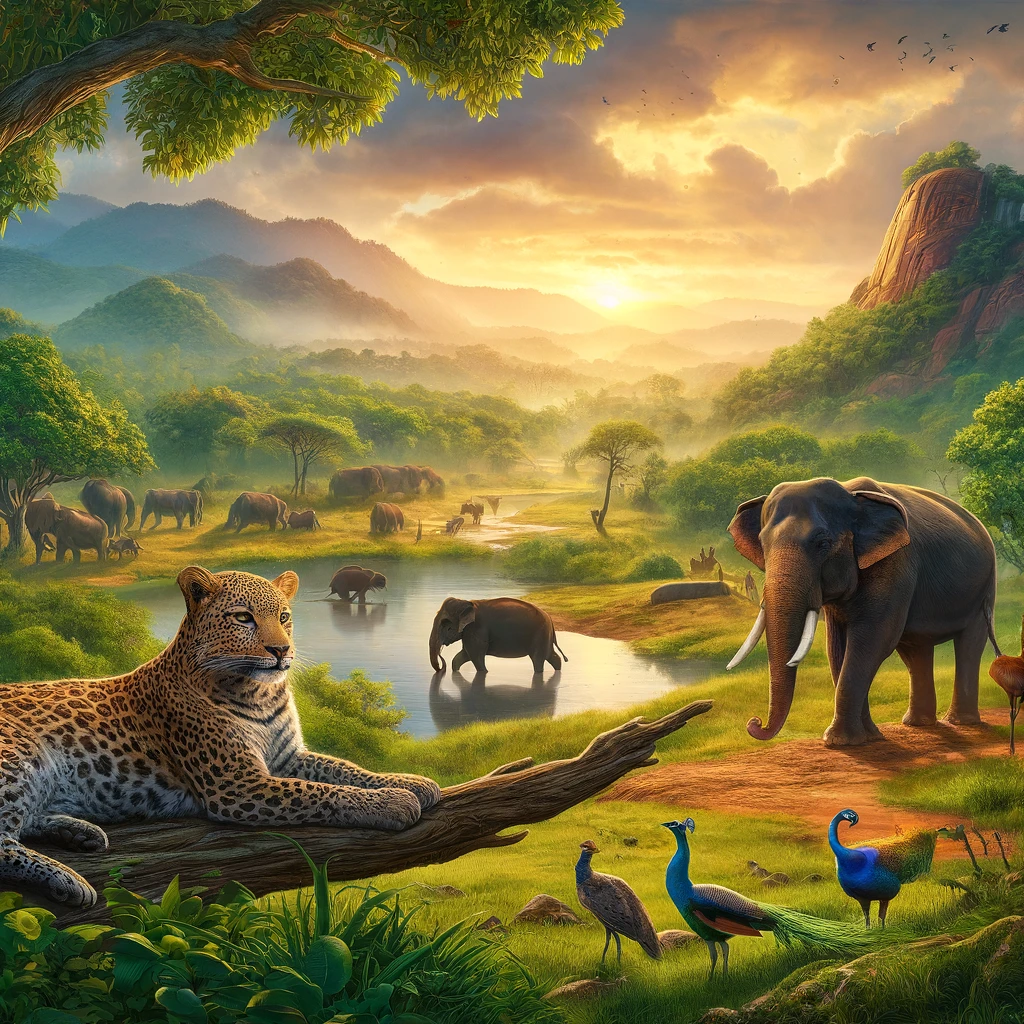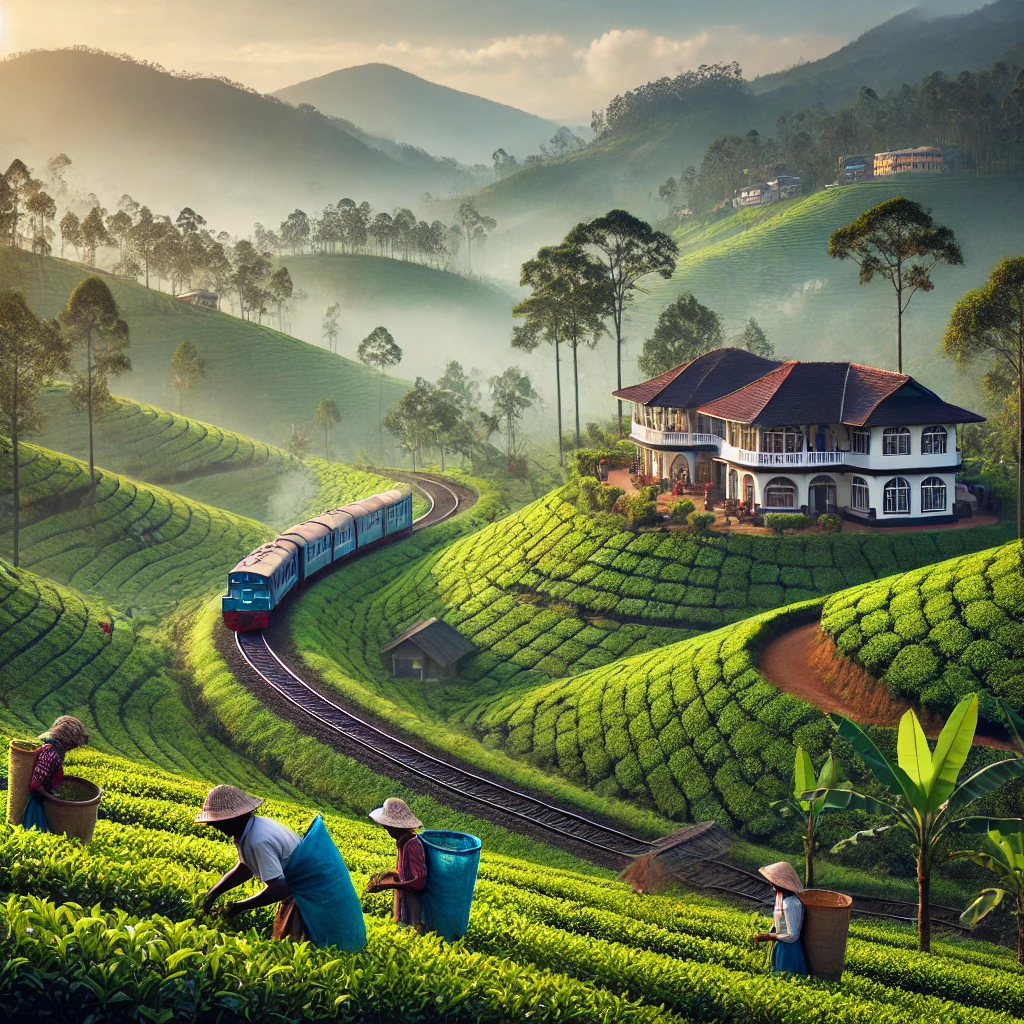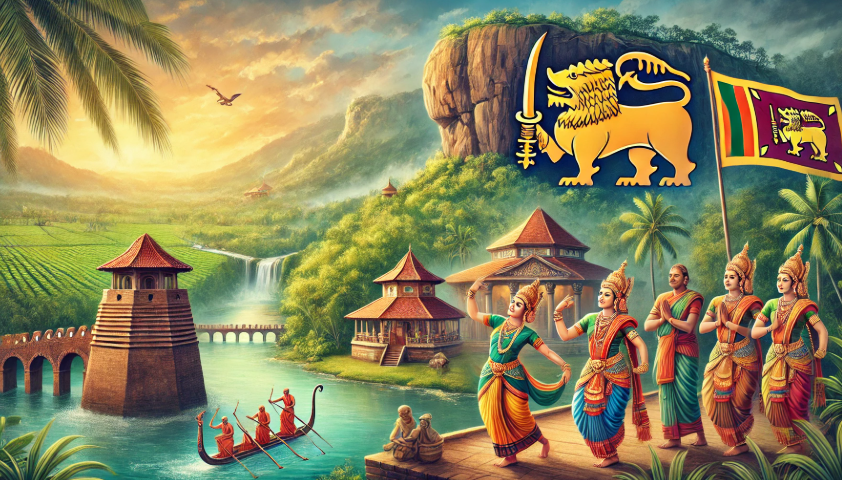Introduction
Hidden deep in the Anuradhapura district, Ritigala Sri Lanka is a place of mystery, history, and untouched nature. Rising 766 meters above sea level, this ancient monastic site is distinguished by its myths. It features ruins and rich biodiversity.
Unlike other Buddhist heritage sites in Sri Lanka, Ritigala offers an off-the-beaten-path adventure, attracting history lovers, nature enthusiasts, and explorers.
In this guide, we explore the history of Ritigala Sri Lanka. We discuss its present-day significance. We also provide travel tips to help you experience it like never before.
The History of Ritigala Sri Lanka
Origins and Connection to the Ramayana
According to Hindu mythology, Ritigala Sri Lanka is linked to the Ramayana epic. Legend says that Hanuman, the monkey god, dropped a piece of the Himalayan Sanjeevani herb here. He was carrying a mountain to revive Lakshmana.
Because of this, many believe Ritigala Sri Lanka is home to medicinal plants not found anywhere else on the island.
The Ancient Monastic Complex
Dating back to the 4th century BCE, Ritigala Sri Lanka was once a thriving Buddhist monastery. During the reign of King Pandukabhaya (437–367 BCE), it served as a strategic fortress before becoming a spiritual retreat.
The monks who lived here were known as Pansukulikas (rag-robe monks). They practiced strict asceticism. They rejected luxury and dedicated themselves to meditation and simplicity.
Even today, the ruins of their monastery remain, featuring:
- Ancient stone pathways – Built with advanced engineering.
- Meditation platforms – Used by monks for deep contemplation.
- Carved stone bridges – Connecting different sections of the monastery.
- Ayurvedic water pools – Believed to have been used for healing.
Ritigala’s Role in Sri Lankan History
Throughout history, Ritigala Sri Lanka played an important role as a defensive stronghold. Some believe King Dutugemunu (161–137 BCE) used it as a military base.
By the 10th century, the monastery was abandoned. This happened due to South Indian invasions. It left behind the mystical ruins we see today.
Present-Day Ritigala: A Protected Natural & Historical Site
Ritigala Strict Nature Reserve
Today, Ritigala Sri Lanka is a protected area under the Department of Wildlife Conservation. Covering 1,528 hectares, it is home to:
🌿 Rare medicinal plants
🦌 Wildlife like spotted deer and langurs
🏞 A unique microclimate cooler than the surrounding dry zone
Exploring the Archaeological Ruins
Visitors to Ritigala Sri Lanka can explore:
🏛 Ancient Stone Pathways – Built with advanced engineering.
🧘♂️ Ruins of Meditation Platforms – Used by monks for deep meditation.
💧 Ayurvedic Water Pools – Thought to have been used for healing.
Flora & Fauna in Ritigala
🌳 Over 100 plant species, including endemic herbs.
🐒 Purple-faced langurs, an endangered species.
🦔 Indian pangolins and rare jungle creatures.
🐆 Occasional leopard sightings (though very rare).
Climate & Weather
Unlike Anuradhapura and Polonnaruwa, which have a hot, dry climate, Ritigala Sri Lanka is cooler and mistier.
The best time to visit is in the morning, when mist covers the ruins, creating a truly mystical atmosphere.
How to Visit Ritigala Sri Lanka
Getting There
🚗 By Road
- From Colombo: 4.5-hour drive via Kurunegala and Anuradhapura.
- From Dambulla: 1-hour drive.
- From Anuradhapura: 1.5-hour drive.
🚌 By Public Transport
- Take a bus to Habarana or Anuradhapura, then hire a tuk-tuk or taxi.
Entrance Fees & Opening Hours
💰 Entrance Fee:
- Foreigners: LKR 500
- Locals: LKR 50
⏰ Opening Hours: 6:00 AM – 6:00 PM
Things to Do in Ritigala Sri Lanka
1. Explore the Ancient Ruins
Walk along the stone pathways, visit the meditation platforms, and admire the intricate stone carvings.
2. Hike to the Peak of Ritigala
For adventure seekers, hiking to the summit offers breathtaking views. However, this challenging trek is not an official tourist route, so only experienced hikers should attempt it.
3. Wildlife Spotting
Look out for monkeys, deer, pangolins, and exotic birds as you walk through the thick forest.
4. Discover Medicinal Plants
Learn about the rare Ayurvedic herbs growing here, many of which are unique to Ritigala Sri Lanka.
Travel Tips for Ritigala Visitors
✅ Wear comfortable shoes – The stone paths can be slippery.
✅ Bring water and snacks – There are no shops nearby.
✅ Respect the ruins – Do not touch or climb the ancient structures.
✅ Avoid visiting during heavy rain – The pathways can become dangerous.
✅ Stay on marked trails – The dense forest can be disorienting.
Nearby Attractions
If you’re visiting Ritigala Sri Lanka, consider exploring:
🏛 Anuradhapura (1.5 hours away) – The ancient capital with stupas and temples.
⛰ Mihintale (1 hour away) – The birthplace of Buddhism in Sri Lanka.
🛕 Dambulla Cave Temple (45 minutes away) – A UNESCO World Heritage Site.
🏯 Sigiriya Rock Fortress (1 hour away) – A must-visit historical wonder.
Conclusion
Ritigala Sri Lanka is more than just an ancient ruin or a nature reserve. It’s a mystical land filled with history. Legends and natural wonders abound here.
Whether you’re a history buff, wildlife enthusiast, or an adventurer, Ritigala Sri Lanka promises a unique and unforgettable experience.



Start Your Journey Today!
🇱🇰 Sri Lanka is calling! Let Sri Lanka Travel Paradise be your guide to the hidden wonders of this beautiful island.
📢 Follow us for weekly updates and travel inspiration!
🔗 For more details on Sri Lanka’s heritage sites, visit the Sri Lanka Tourism Official Website – https://www.sltda.gov.lk/en
